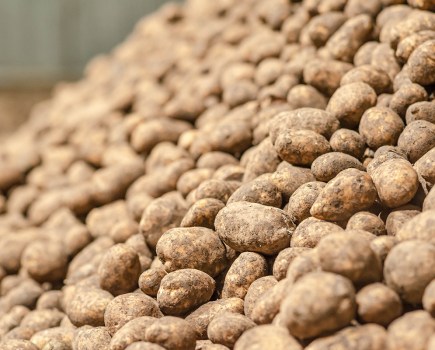Potato growers have a new reference tool available to help manage potato cyst nematode pressure.
Launched by GB Potatoes and CUPGRA, ‘A guide for managing PCN in Great Britain’ is a science-based resource aimed at supporting the potato industry in addressing one of its most persistent challenges.
The resource has been developed to support growers, agronomists, and industry stakeholders and is available exclusively to members of both GB Potatoes and CUPGRA.
Content
Information provided includes practical, up-to-date strategies for managing PCN — specifically Globodera pallida and G. rostochiensis.
It covers:
- Cultural control methods
- Biological and chemical control options
- Variety selection and resistance management
- Monitoring and diagnosis practices
- Sustainable farming approaches
To ensure all potato growers benefit from this initiative, a free factsheet summarising the key points from the guide will be made publicly available soon.
“The guide is about empowering our members and the wider industry with the tools they require to safeguard the future of potato farming,” says Scott Walker, CEO of GB Potatoes.
Industry sustainability
According to David Almond, director of CUPGRA: “It directly addresses the growing challenges posed by PCN in potatoes — challenges that threaten the economic viability and long-term sustainability of our industry.
“Eradicating PCN from infested land would require extreme measures, such as prolonged fallow periods or complete soil sterilisation, which are simply unfeasible in a commercial farming context.
“Instead, what’s required is a pragmatic, integrated approach that limits the development of PCN populations over time using a combination of complementary strategies.”
The guide promises to provide specific, practical crop protection measures tailored to PCN covering everything from cultural and biological controls to chemical treatments and varietal resistance.
Given the global economic significance of PCN, research and innovation in this area is ongoing, and the guide also outlines some of the latest developments in crop protection strategies from around the world, adds David.
Guide authors
The guide has been written by leading nematology experts Matthew Back and Katarzyna Dybal from Harper Adams University. To access, members of GB Potatoes and CUPGRA can log in via their respective member website portals.
For non-members, the free summary factsheet will be available at www.gb-potatoes.co.uk and www.cupgra.com




